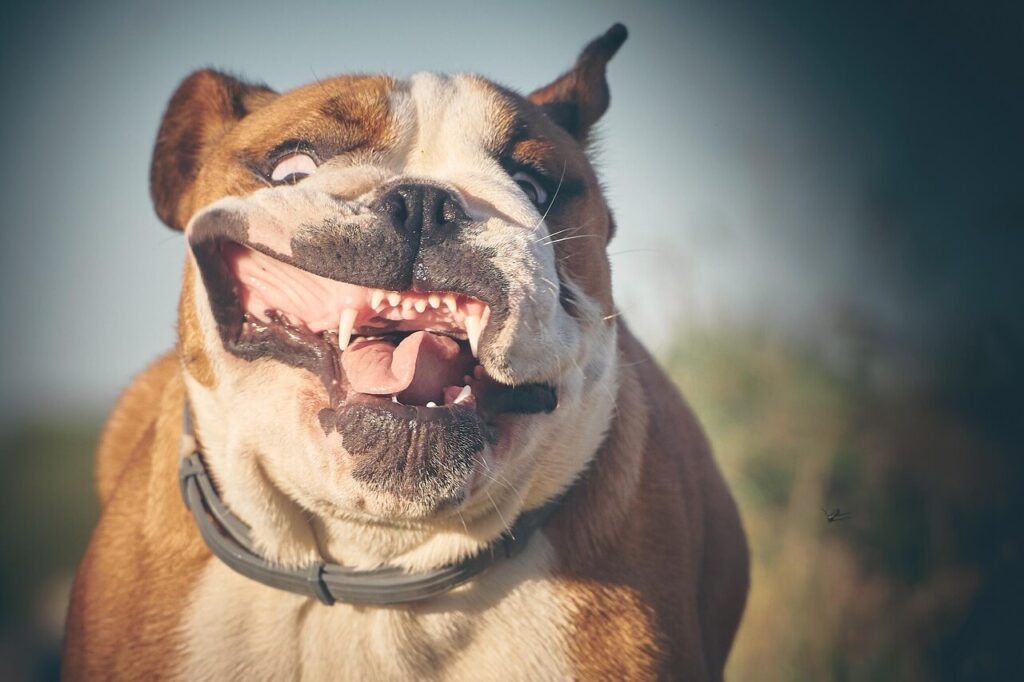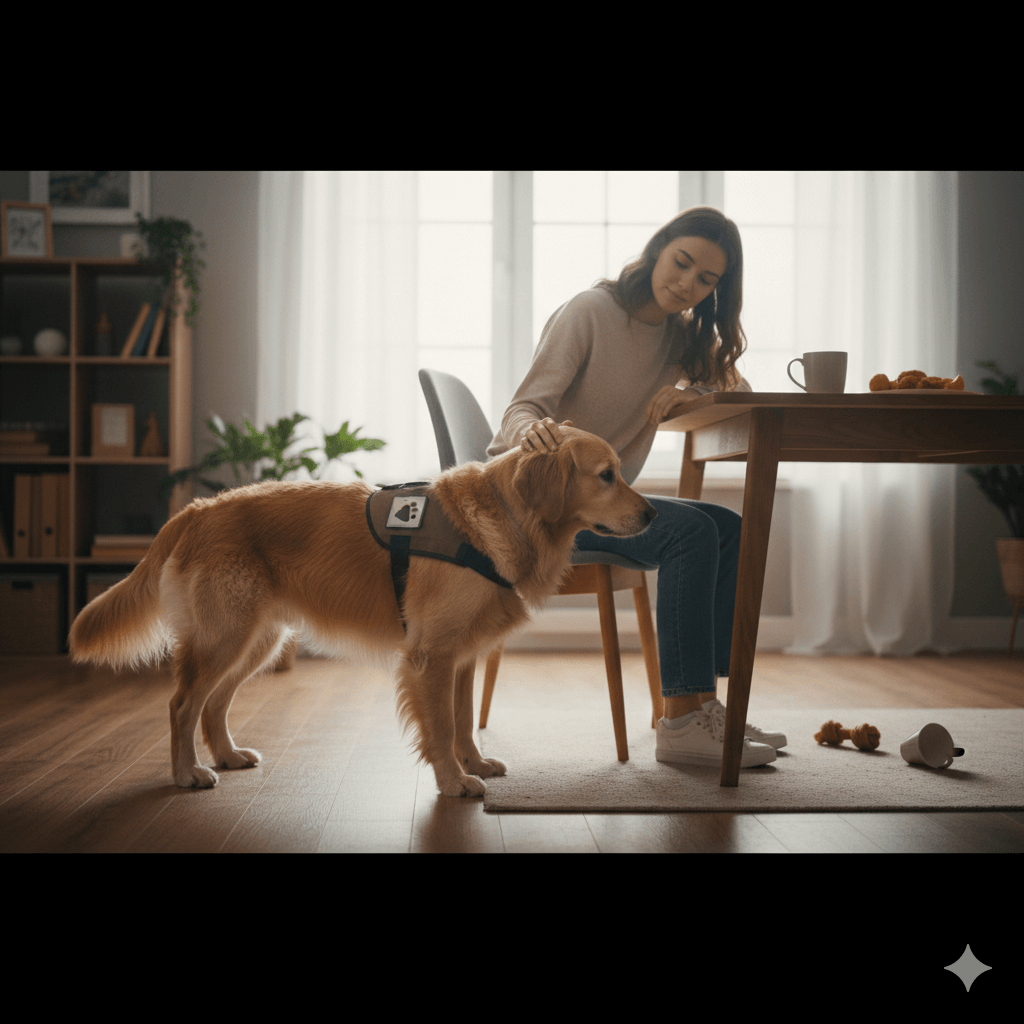My Dog Jumped After Being Spayed: What You Need to Know
If your dog recently had a spaying procedure and has started jumping or engaging in physical activity, you may be wondering whether this behavior is normal—or if it could harm their recovery. Spaying is a common surgical procedure that requires careful post-operative care to ensure proper healing. While dogs are naturally energetic and playful, excessive movement can interfere with the healing process. In this blog post, we’ll explore why your dog might feel the urge to jump, how to manage their activity levels, and what steps to take to support their recovery. By understanding these key points, you can help your furry friend heal safely and comfortably.
Why Do Dogs Jump After Being Spayed?
It’s not uncommon for dogs to exhibit bursts of energy after surgery, even when they’re supposed to rest. Understanding the reasons behind this behavior can help you address it effectively.
Natural Energy Levels:
Some dogs simply have high energy levels, and the excitement of being home after surgery can lead them to forget their discomfort.Discomfort or Restlessness:
Pain or itching around the incision site may cause your dog to move more as they try to alleviate discomfort.Lack of Awareness:
Dogs don’t understand the concept of “resting” after surgery and may resume normal activities out of habit.Excitement Around Family Members:
Seeing familiar faces or hearing familiar sounds can trigger excitement, leading to jumping or running.Miscommunication During Recovery:
If boundaries aren’t clearly set, your dog may assume it’s okay to engage in physical activity.
Recognizing these triggers allows you to implement strategies that minimize jumping and promote a smoother recovery.

How to Prevent Your Dog from Jumping After Surgery
Preventing jumping is crucial to ensuring your dog heals properly after being spayed. Here are some practical steps you can take to manage their activity levels during recovery.
Restrict Physical Activity:
Use baby gates, playpens, or crates to create a safe, confined space where your dog can rest without temptation to jump.Use a Calming Aid:
Consider calming supplements or pheromone diffusers to help reduce anxiety and hyperactivity during recovery.Engage Their Mind Instead of Body:
Offer puzzle toys or snuffle mats to keep your dog mentally stimulated without encouraging physical exertion.Limit Social Interactions:
Keep other pets and overly enthusiastic family members away to avoid triggering excitement or roughhousing.Provide Comfort Items:
Place soft bedding and familiar toys nearby to make the recovery area inviting and soothing.
By implementing these measures, you can create an environment that supports your dog’s recovery while minimizing the risk of jumping.
Check this guide 👉Spayed Dog Bleeding Years Later: Best 7 Health Tips!
Check this guide 👉Side Effects of Spaying a Female Dog: Best 7 Health Tips!
Check this guide 👉Female Dog Behavior Change After Spaying: Best 7 Tips!
Tips for Managing Post-Spay Activity | Risks of Excessive Movement After Surgery |
|---|---|
Confine your dog to a small, safe area | Increased risk of opening the incision site |
Use calming aids like pheromone sprays | Potential for internal bleeding |
Schedule short leash walks only | Delayed healing due to strain on sutures |
Provide mental stimulation through games | Risk of infection from irritated stitches |
Avoid stairs and furniture access | Behavioral setbacks from pain or discomfort |
Signs Your Dog Needs Veterinary Attention After Jumping
While some movement is inevitable, certain symptoms indicate that your dog’s jumping may have caused complications. Be vigilant for these warning signs during recovery.
Swelling or Redness Around the Incision:
Swollen or inflamed skin near the surgical site could signal irritation or infection.Bleeding or Discharge:
Any bleeding, pus, or unusual discharge from the incision requires immediate attention.Excessive Licking or Chewing:
Persistent licking or chewing at the incision site may delay healing and increase the risk of infection.Lethargy or Loss of Appetite:
A sudden lack of energy or refusal to eat could indicate internal issues or pain.Difficulty Walking or Standing:
If your dog appears stiff, limps, or struggles to move, they may have injured themselves during jumping.
Monitoring these signs ensures you catch potential problems early and seek veterinary care promptly.
How to Encourage Restful Behavior in Your Dog
Encouraging your dog to stay calm and restful is essential for a successful recovery. These techniques can help redirect their energy and foster relaxation.
Establish a Routine:
Set consistent feeding, potty, and rest times to create structure and predictability for your dog.Reward Calm Behavior:
Praise and reward your dog with treats when they remain calm and relaxed in their recovery area.Minimize Outside Stimuli:
Reduce noise levels and limit exposure to windows or doors where external distractions might excite them.Use a Cone or Protective Garment:
An e-collar or recovery suit can prevent your dog from jumping excessively to reach the incision site.Stay Close for Reassurance:
Spend time near your dog to provide comfort and reassurance, helping them feel secure and less likely to act out.
By fostering a peaceful environment, you can guide your dog toward a restful recovery period.
Common Mistakes to Avoid During Recovery
Avoiding mistakes during your dog’s recovery can significantly impact their healing process. Here are some pitfalls to watch out for.
Overestimating Recovery Speed:
Assuming your dog is healed before the recommended timeframe can lead to premature activity and setbacks.Allowing Access to Stairs:
Stairs place unnecessary strain on your dog’s body, increasing the risk of injury or suture damage.Neglecting the E-Collar:
Removing the cone too soon can result in chewing, licking, or scratching at the incision site.Skipping Follow-Up Appointments:
Missing vet check-ups means missing opportunities to identify complications early.Ignoring Behavioral Changes:
Unusual behaviors like whining or pacing may indicate pain or discomfort that needs addressing.
Avoiding these mistakes ensures a safer and more effective recovery journey for your dog.
Fun Ways to Keep Your Dog Entertained Without Jumping
Keeping your dog entertained while limiting physical activity is key to a stress-free recovery. Try these low-energy activities to keep them engaged.
Interactive Feeding Toys:
Fill Kongs or treat-dispensing toys with peanut butter or kibble to keep your dog occupied.Scent Work Games:
Hide treats around the house (at ground level) for your dog to sniff out and find.Gentle Massage Sessions:
Light massages can relax your dog and strengthen your bond during recovery.Training Basic Commands:
Practice simple commands like “sit” or “stay” using verbal cues and rewards instead of physical gestures.Watch Dog-Friendly TV Shows:
Channels like DogTV offer programming designed to entertain and soothe dogs visually.
These activities provide mental stimulation without risking physical strain.
How to Transition Back to Normal Activity
Once your dog has fully recovered, reintroducing normal activities requires a gradual approach. Follow these steps to transition safely.
Start Slowly:
Begin with short walks or light play sessions, gradually increasing intensity over several days.Monitor for Fatigue:
Watch for signs of tiredness or soreness, which indicate your dog isn’t ready for increased activity yet.Incorporate Variety:
Mix walking, playing, and training exercises to rebuild strength and stamina evenly.Consult Your Vet First:
Always get veterinary approval before resuming vigorous exercise or off-leash play.Celebrate Small Wins:
Reward your dog for successfully completing each step of the transition with praise and treats.
A thoughtful transition ensures your dog regains their energy and enthusiasm safely.
Frequently Asked Questions About Dogs Jumping After Being Spayed
Is it normal for my dog to jump after being spayed?
Some light movement is normal, but excessive jumping should be discouraged to prevent complications.
How long does it take for a dog to fully recover from spaying?
Most dogs recover within 10–14 days, but complete healing may take up to four weeks.
Can jumping cause the incision to open?
Yes, vigorous activity like jumping can strain the incision and lead to reopening.
Should I punish my dog for jumping?
No, punishment can increase stress. Instead, redirect their energy with calming activities.
When can I resume regular walks with my dog?
Consult your vet, but most recommend waiting at least two weeks before resuming light walks.
Supporting Your Dog’s Recovery After Spaying
Recovering from a spaying procedure requires patience, consistency, and a proactive approach to managing your dog’s behavior. While jumping or excessive movement can pose risks, understanding the underlying causes and taking preventive measures can make all the difference. By creating a calm and supportive environment, monitoring for signs of complications, and following your veterinarian’s advice, you can help your dog heal comfortably and return to their happy, healthy self. Remember, a little extra care now will pay off in the long run, ensuring your furry companion enjoys a lifetime of good health.
Understanding Bone Supplement for Cats: Best 7 Expert Tips! – Safe, vet-approved guidance for strong feline bones & balanced nutrition.
Bone Supplement for Dogs: Best 7 Expert Tips! – Expert guide to calcium, collagen & bone health for every life stage.
Understanding Can Cats Get Sunburn: Best 7 Expert Tips! – Protect your feline from UV damage with vet-backed prevention strategies.
How to Train a Seizure Alert Dog: Best 7 Expert Tips! – Learn expert-backed steps to nurture natural instincts into reliable, life-saving seizure alerts.





